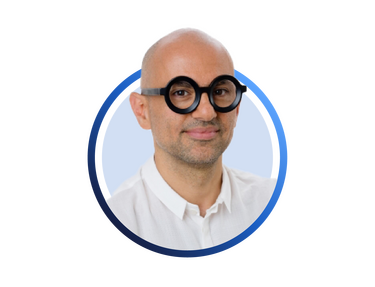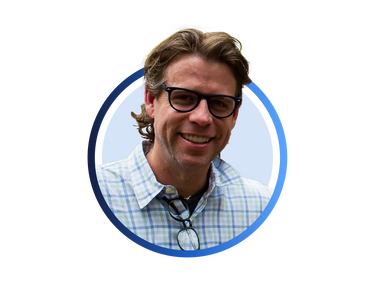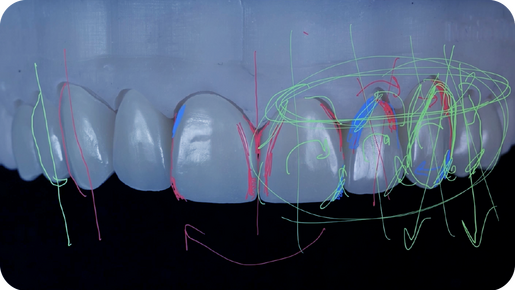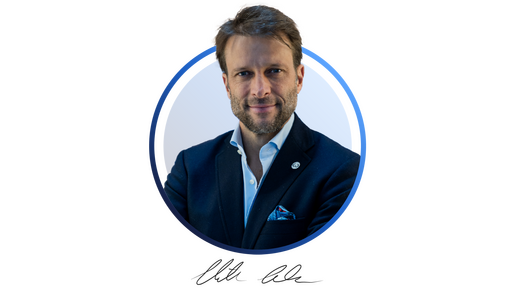Intro: Is smile design under control?
- The real challenges of a smile rehabilitator
Class 1: The Why?
- How important is smile design
- Smile designer know-how and skilll
Class 2: Artistic Principles for Smile Designers
- The Role of Artistic Skills in Dentistry
- From Technician to Smile Design
- Design Principles Inspired by the Renaissance
- Practical Techniques: Light, Shade & Visual Comfort
Class 3: Smile design evolution
- Smile design evolution
- Smile design moments and methods
Class 4: The guidelines I
- The art of smile design
- Orofacial nomenclature
- Dento-gingival parameters
- The papilla factor & pink esthetics
Class 5: The guidelines II
Dento-gingival
- Occlusion vs. smile design
- Intraoral references for smile design
- Morphopsychology & smile design
Class 6: The guidelines III
Dento-facial
- Natural head position & facial asymmetries
- Denture & orthognathic influence
- Facial thirds & profile
- The lip factor
- Buccal corridor
- Facial flow
Class 7: Smile design and treatment planning
- Smile design and airway
- From design to planning
- Smile design quality control
- 10 steps of the smile frame
Class 8: Digital natural restoration
- Natural libraries & digital smile donator
- Smile test drive analysis & communication
Class 9: Overcoming compromises with optical illusion
- Real size and shape vs. perceived size and shape
- Closing black triangles
- Improving space distribution and interdental proportions restoratively
- Managing different gingival levels and zenith
- Incisal and interproximal embrasures
Class 10: Overcoming compromises with optical illusion (cont.)
- Managing space distribution by understanding the visible vs. invisible areas
- Managing space distribution by understanding the light reflection lines (LRL)
- Visual comfort vs. discomfort
- Fixing cant/shift
- Buccal corridor and ridge deficiency
Class 11: Dentist-lab synergy
- Restorative planning and the new lab role
- DSD Direct composite veneers system
- Guided tooth prep
- Soft tissue copy-paste concept





